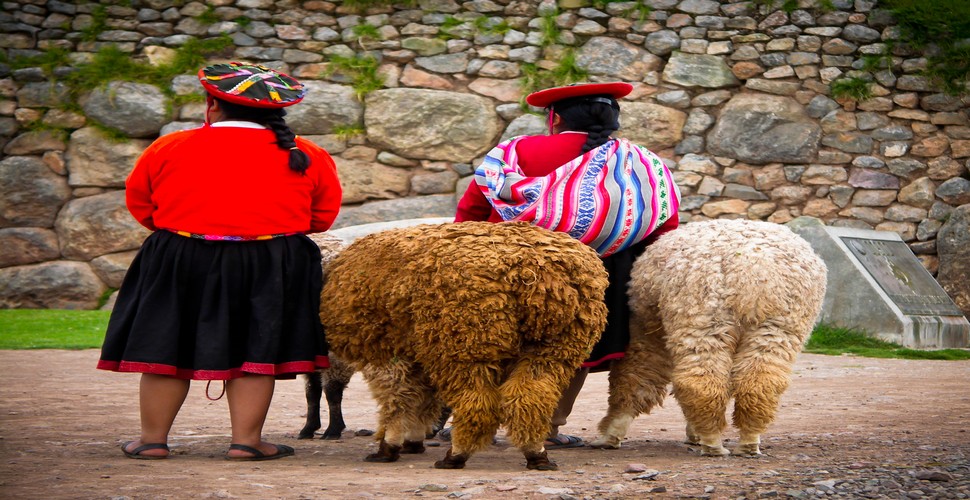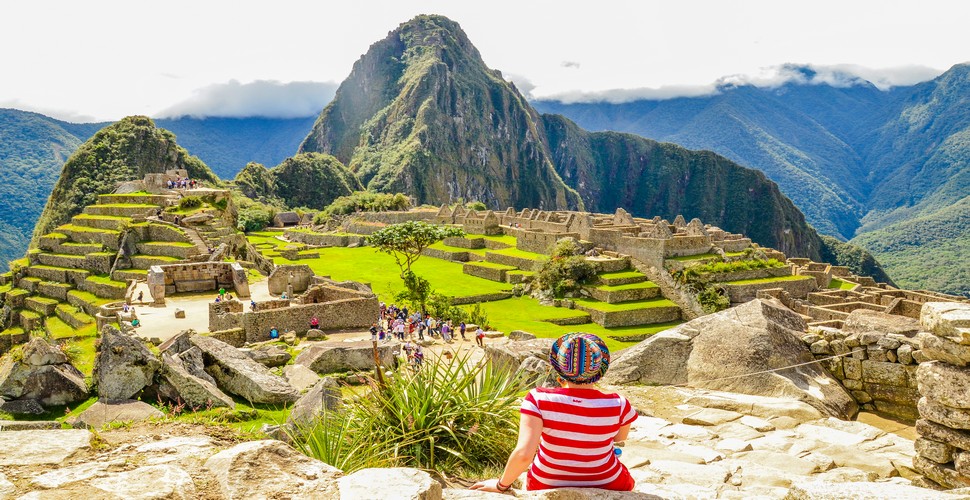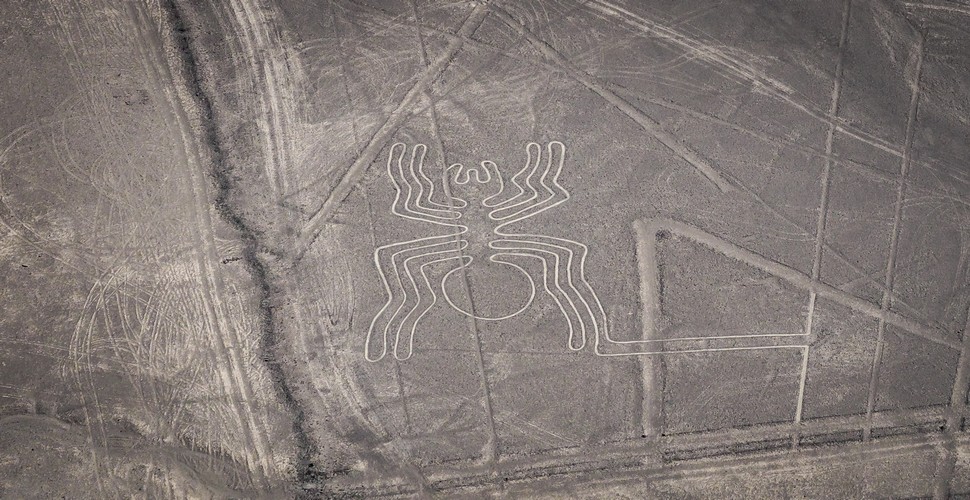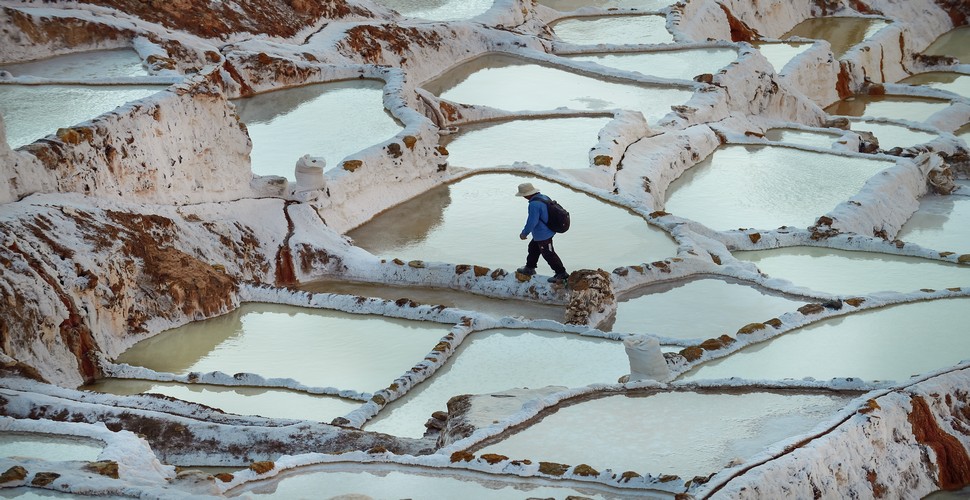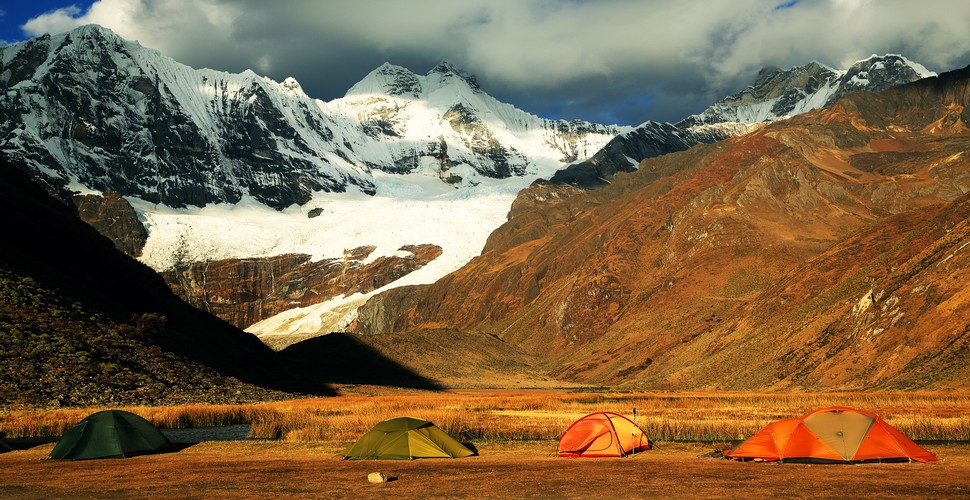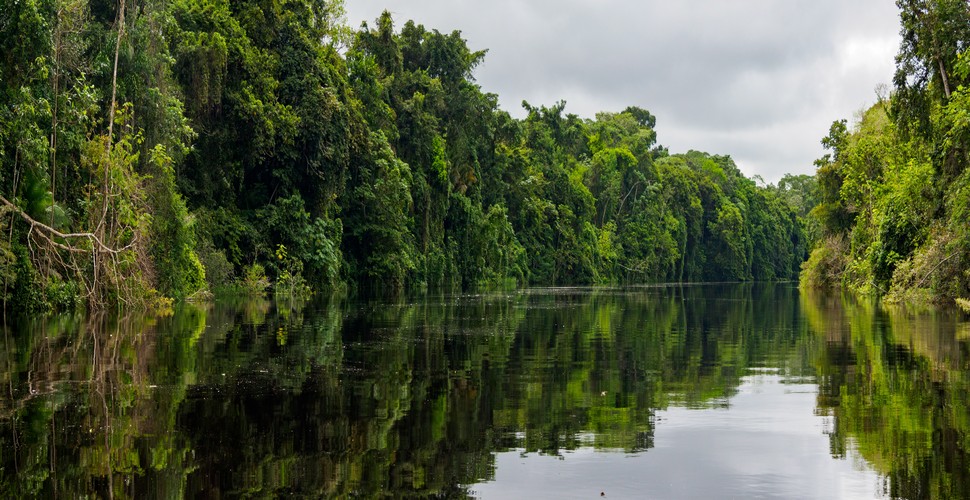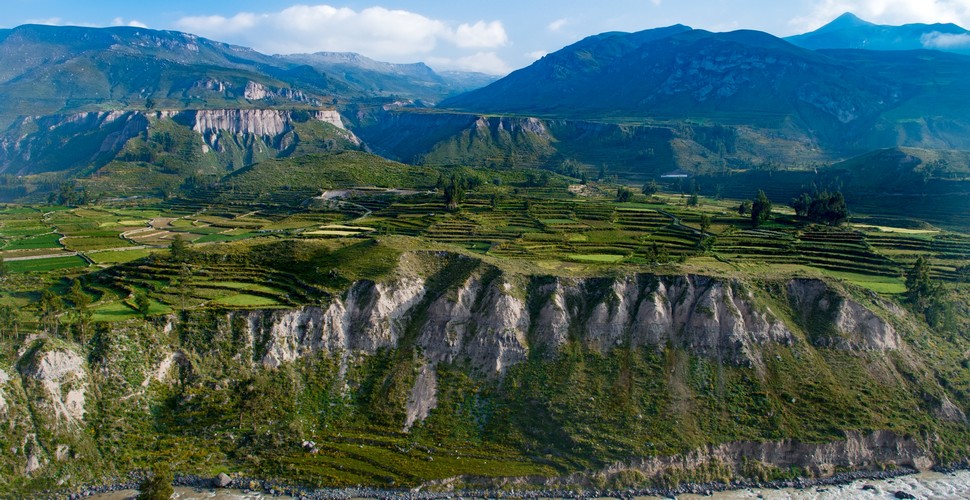

Claire Dean
Travel in South America is a joy to behold. The rich variety of destinations, experiences, landscapes and geography fascinated me so much, that I chose to relocate here, over 20 years ago! The best thing I ever did! Allow me to share my knowledge and passion for Central and South America with you and help you plan your holiday of a lifetime!

The Best Peru "Go-To" Places for your vacation in South America
Written by:Claire Dean
Last Update: 2025-02-25
Situated in the heart of South America, Peru is one of the most amazing countries on the planet. Thanks to its natural wonders, landscapes, rich history, and local dishes, Peru has been attracting visitors from all over the world for some time. The country isn't just blessed with biodiversity, unique history, and adventurous activities to experience, it also has a rich, living culture that seamlessly intermingles the past, the present, and future. One of the most coveted destinations in all of South America comes complete with breathtaking Inca fortresses, soaring cloud forests, the snow-topped peaks of The Andes, the dusty coastal desert, and the misty Amazon rainforest alike. No wonder there’s a veritable wealth of go-to spots within its borders. Let’s explore the best Peru go-to places on your Peru trip!
Local Women and Alpacas
Cusco
Archeological ruins take center stage in this magnificent Incan empire. There are many places to visit in Cusco, Peru such as the Inca complex, Sacsayhuaman, and The Koricancha. You can also explore sites like the 17th century Cusco Cathedral and the vibrant Plaza de Armas that plays host to events and festivals. Cusco lies amidst the Andean mountain range and was once considered to be the Inca Empire’s capital, and therefore is home to various archaeological remains. The architecture here features Spanish colonial influence.
Inca Stonework at Sacsayhuamán
This massive fortress of Sacsayhuamán is an architectural marvel, proving that the Incans were not just skilled at constructing finely-cut polygonal blocks into the natural landscape, they were excellent at precision masonry. It’s hard to imagine that the only tools used to carve these 100-ton stones were likely other stones and basic, hand-made tools. From the top of Sacsayhuamán there are incredible, sweeping views over the city of Cusco.
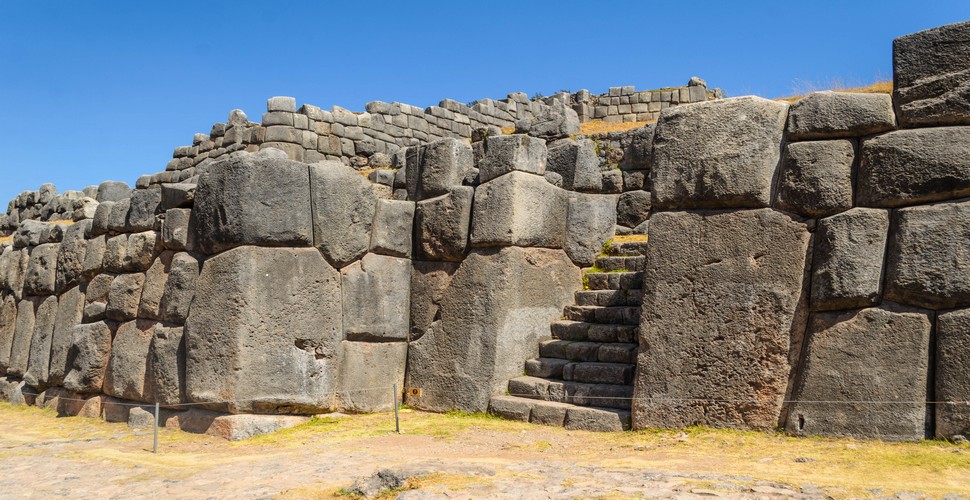
Saqsaywaman
Machu Picchu
Probably the most famous touristic sight in Peru is Machu Picchu. It’s home to the iconic ruins of an Inca citadel. The best thing to do here is to hike and explore the stunning remains, which are world-famous for their spectacular beauty. This Inca citadel has been perfectly placed atop the Andes Mountains of Peru and overlooks the valley of the Vilcanota River. Machu Picchu was established in the 15th century and was abandoned after some time. The drystone, perfectly constructed walls attract the most tourists and demonstrate the legacy of The Inca construction techniques.
Machu Picchu
Rainbow Mountain, Peru
Vinicunca or Rainbow Mountain or The Mountain of Seven Colors, earned its nickname after the ice cap that used to cover it melted and mixed with minerals in the soil. You will need to be fit and be acclimatized, though, as you have to hike 10 km at altitude to reach the top of this mountain in the Ausangate Mountain range. If it's overcast, you may not be able to see a contrast in the colors as the heavily photoshopped images around Cusco suggest and the rainy season could mean a snow-covered instead of rainbow-colored peak on arrival.
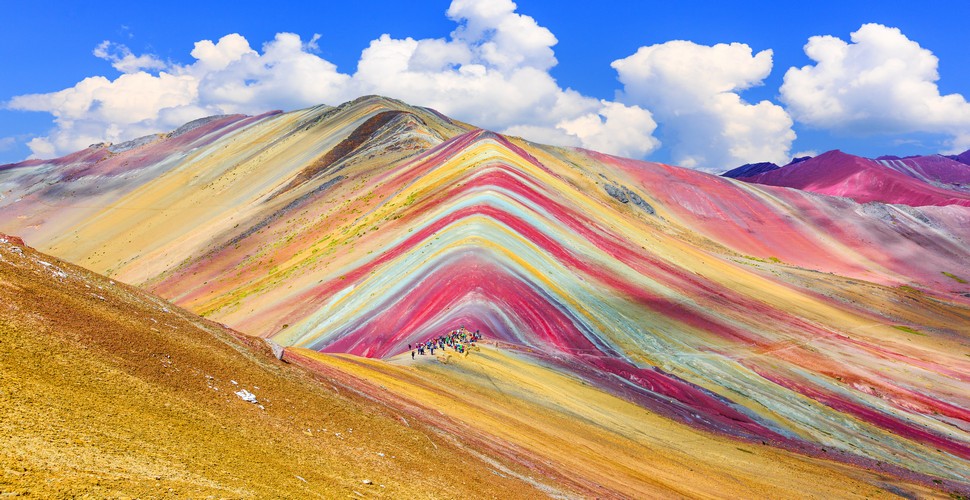
Rainbow Mountain
Lake Titicaca
Nestled between Peru and Bolivia and high in the Andes, is Lake Titicaca, a gorgeous stretch of water that’s incidentally also the highest navigable water body in the world. Visit the Uros Islands to see floating islands made out of totora reeds, or head to the Island of the Sun to see the Fountain of Youth. Alternatively, a homestay on Amantani Island will give you the opportunity to try traditional food and experience local culture. Titicaca is one of the largest lakes in South America. Like other places in Peru, this place too has historical significance, as it is believed to be the birthplace of the Incas. This is probably why, you can witness a number of archaeological sites here, as well as more than 530 aquatic species.
The Nazca Lines
The Nazca lines continue to mystify and enthrall. If you love history, Nazca should be your next stop on your trip to Peru. It’s one of the famous places in Peru and is packed with sights to see for a mesmerizing experience. Located on the southern coast, Nazca is also the largest town in Nazca Province. The name ‘Nazca’ has been originated from the culture of Nazca that used to flourish during the time span of 100 BC and 800 AD. Between 500 BC and 500 AD, the Nazca Lines were created by the Nazca culture. This group of geoglyphs was formed by removing the top layers of rock to reveal lighter-colored sand underneath. The designs depict plants, animals, and geometric shapes and researchers are still unsure why the lines were created. Due to the fact they make up an area of roughly 25 km square, these geoglyphs are viewed best from above on a flyover in a tiny plane.
The Nazca Lines
Learn from Women Weavers in Chinchero
Located in the Sacred Valley of the Incas, Chinchero has a high population of indigenous Quechua people. The so-called birthplace of the rainbow, offers Inca ruins, a lively Sunday market, and a workshop held by women weavers who wash and dye wool with natural extracts to create colorful textiles. Purchase a Cusco Tourist Ticket for entrance into sites, ruins, plazas, and churches in Chinchero and other sights throughout the Sacred Valley.
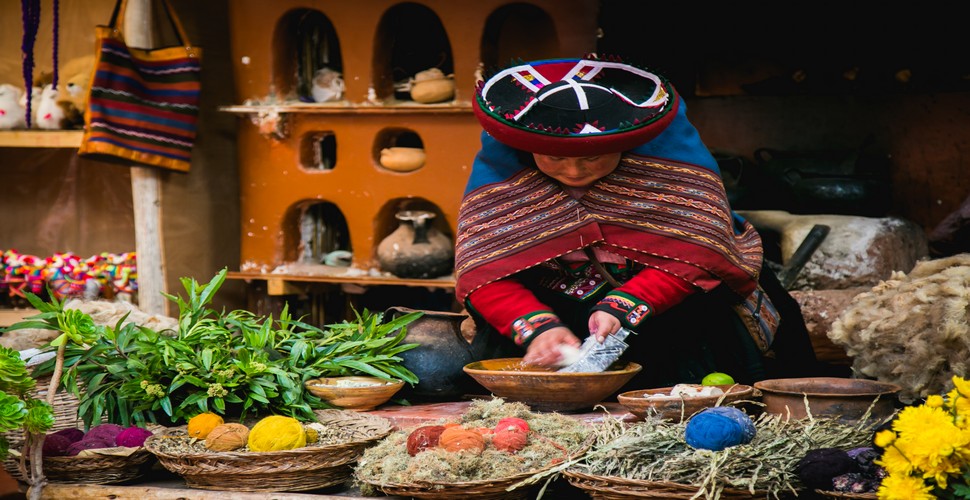
Chinchero Weaver Working with Natural Dyes
Maras
See more of Peru’s history at Maras where the Maras Salt Mines date back to Incan times. It’s located in the Sacred Valley of the Incas, which is itself a major Peru tourist attraction that you can’t afford to miss. Maras is one of the most fascinating sites to visit in Peru and is essentially famous for Maras Salt Mines that is gaining significance since ancient times. The trails around this part of The Sacred Valley offer picturesque landscapes from all four directions. Maras Salt Mines consist of thousands of individual salt pools that date back to Inca times. To this day, people in the community extract the salt from them. The color varies from pond to pond, depending on where the salt is in the production process. Although tourists are no longer allowed to walk directly through the salt mines due to contamination, you can still view the salt pans from above. Afterward, you can peruse the shops for wooden pan flutes, tchotchkes, or salt harvested directly from the mines. Just a little further down the track is the magnificent Moray, located on a high plateau, the site is home to a fascinating circular Inca site. Thought to be an experimental agricultural site of the Incas, there are several terraced circular depressions, the largest of which is over 30m deep and has stone steps that take you to the bottom of Moray.
Maras Salt Pans
Sample Local Food in Urubamba
On the streets of Urubamba, vendors sell tiny quail eggs from small carts and women serve ears of giant corn with cheese. You’ll see skewered barbecued guinea pig, an Andean delicacy throughout the Sacred valley and Urubamba is no exception. There’s a daily indoor market in Urubamba that is worth a visit as women in typical dress offer meat, spices, nuts, fruit, vegetables, and hundreds of varieties of potatoes from their posts.
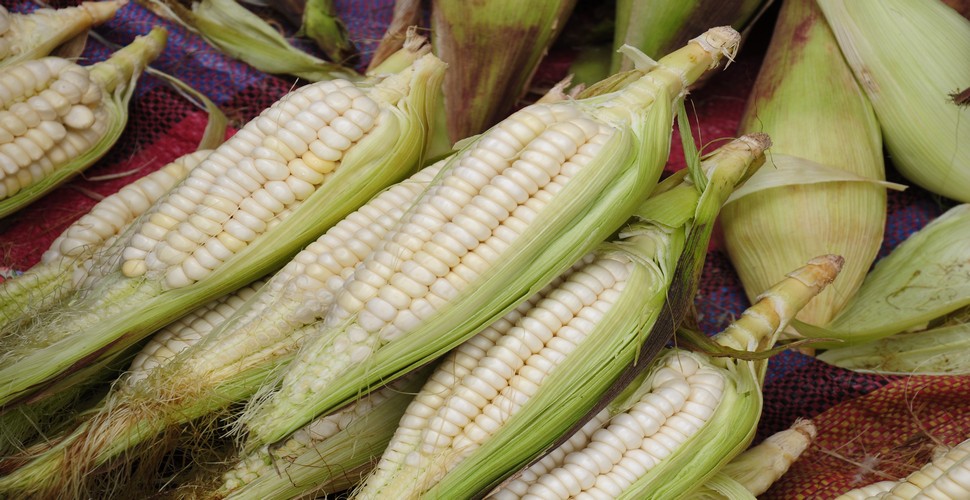
Local Choclo from Urubamba
Get up close to Llamas and Alpacas
AwanaKancha is a living museum in the Sacred Valley, to get an in-depth understanding of the differences between llamas, alpacas, guanacos, and vicuñas. You can even feed these adorable creatures stalks of long grass at the center for an interactive, cameloid experience.
This cultural project also has a number of workshops, including weaving demonstrations and an introduction to the Quechua language.
Paracas
Less than four hours south of Lima is the nature reserve of Paracas, a desert oasis that is unlike any other destination. You can kayak with flamingos or take a boat ride to the Ballestas Islands, which are home to thousands of species such as penguins, sea lions, and pelicans. Experience the natural beauty of Peru at Paracas National Reserve which provides migratory birds and wild animals a safe shelter. The reserve also has gorgeous beaches with reddish shores where you can chill and unwind for hours. This is one of the best-kept secrets to travel in Peru and showcases animals in their natural habitat, both on land and in the ocean. Found in the Ica region of Peru, you can find 65 archaeological sites in this impressive reserve. The nearby sand dunes in Huacachina are perfect for the adrenalin junkie where you can ride a 4-wheel drive, or if you're feeling extra adventurous, you can even zip down the desert's dune on a sand board.
Explore Lima’s Historical Center
In Lima, you will be gifted with impressive, colonial architecture and a fascinating look at the country's history in the Historic Centre. Wander around The Plaza de Armas, a UNESCO World Heritage site, marvel at the Baroque-style San Francisco Monastery, and stroll through the courtyard and catacombs of the Santo Domingo convent.
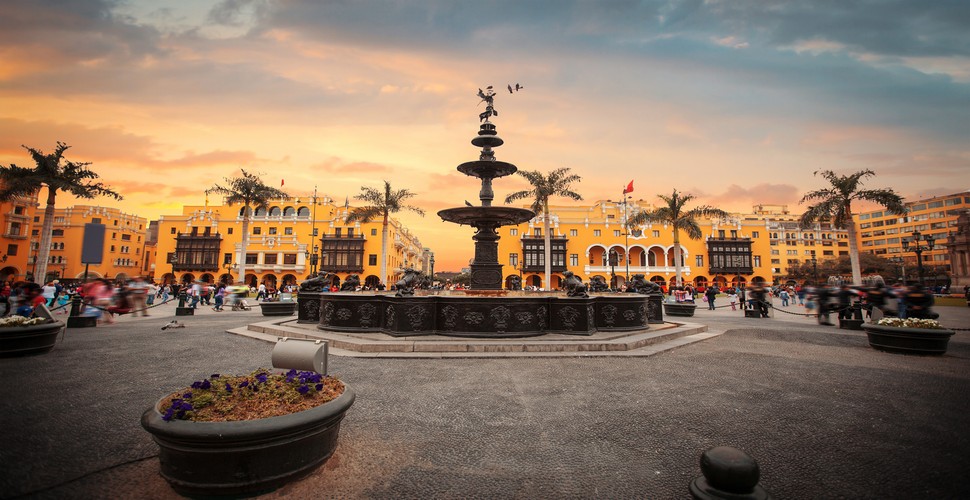
Plaza de Armas, Lima
The Cordillera Blanca
Winter sports and outdoor adventures make Huaraz a popular place to visit in Peru for adventure enthusiasts. There are jaw-dropping spots to explore inside the city as well such as Jiron Jose Olaya which holds weekly markets selling regional foods which are some of the unique things to see in Peru. The city is located north of Callejon de Huaylas Valley. Huaraz is the capital of the Ancash Region and lies 3,000 meters above sea level. This place is also famous for Huascaran National Park where you can see many animals, from jaguars to Andean condors, as well as awe-inspiring mountain terrain that is perfect for hiking and climbing.
Close to Huaraz, complete your list of Peru's "go-to" places with a trip to the Cordillera Blanca, a mountain range that offers stunning opportunities for hiking. Climbers can also put their skills to the test by summiting one of the many impressive peaks. The Cordillera Blanca mountain range is considered to be part of the larger range of the Andes, expanding for over 200 kilometers. This range comprises various peaks that are more than 6,000 meters high. The range even includes about 722 glaciers.
Campsite inThe Cordillera Blanca
Chachapoyas
In a valley in northern Peru, is this town called the Chachapoyas surrounded by the cloud forest. The town often attracts history buffs due to its rich heritage and is no doubt one of the best places to visit in Peru, South America. The town is a way to archaeological sites and attracts a lot of tourists each year. If you are an adventurous soul, then you can find hiking opportunities in this quaint town of Chachapoyas, with stunning sites such as the Gocta waterfall and the magnificent archaeological site of Kuelap.
Pacaya Samiria National Reserve
One of the largest reserves in Peru, the Pacaya Samiria National Reserve exhibits surreal views of the forest reflecting on the water’s surface. Home to an extensive number of various species of flora and fauna, this national reserve is one of the popular places to visit in Peru. Spot brightly colored birds, different species of monkeys, beautiful orchids, luxuriant vegetation, and much more. The best way to take a look around this national reserve is via a tour on the cruise. Don't forget the meeting of the rivers for the ultimate experience in this natural reserve.
Pacaya Samiria National Reserve
Amazon Rainforest
For rich biodiversity, bird watching, jungle tours, and boat trips, visit Peru’s Amazon Rainforest, which makes up 60 % of the country. Visit the Tambopata National Reserve, home to vibrant wildlife, lush landscapes, and diverse plant life. Or, book a river cruise in Iquitos to see beautiful and protected pink dolphins.
Manu National Park
Allowing visitors to witness the magnificent Amazon Rainforest, Manu Rainforest National Park houses plenty of endemic wildlife. The rainforest attracts hundreds of colorful macaws by virtue of salt-rich clay licks. Manu Rainforest is one of the amazingly untouched places to visit in Peru that enables travelers to witness river otters, tapir, and other beautiful creatures of the forest. This reserve is nothing less than a paradise on earth for nature lovers.
The Colca Canyon
One of the locals’ favorites, Colca Canyon is the second deepest canyon in the world. The canyon exhibits picturesque sceneries and mesmerizing features along with intriguing remnants of Inca architecture. Colca Canyon has plenty to offer including great lodges, amazing walks, cultural experiences, and a chance to spot the largest flying bird on the planet, the giant Andean Condor.
Colca Canyon
This is just the tip of the iceberg when it comes to awe-inspiring sights in Peru. Ask us here about which are the best Peru "go-to" places for your next incredible Peru vacation!


